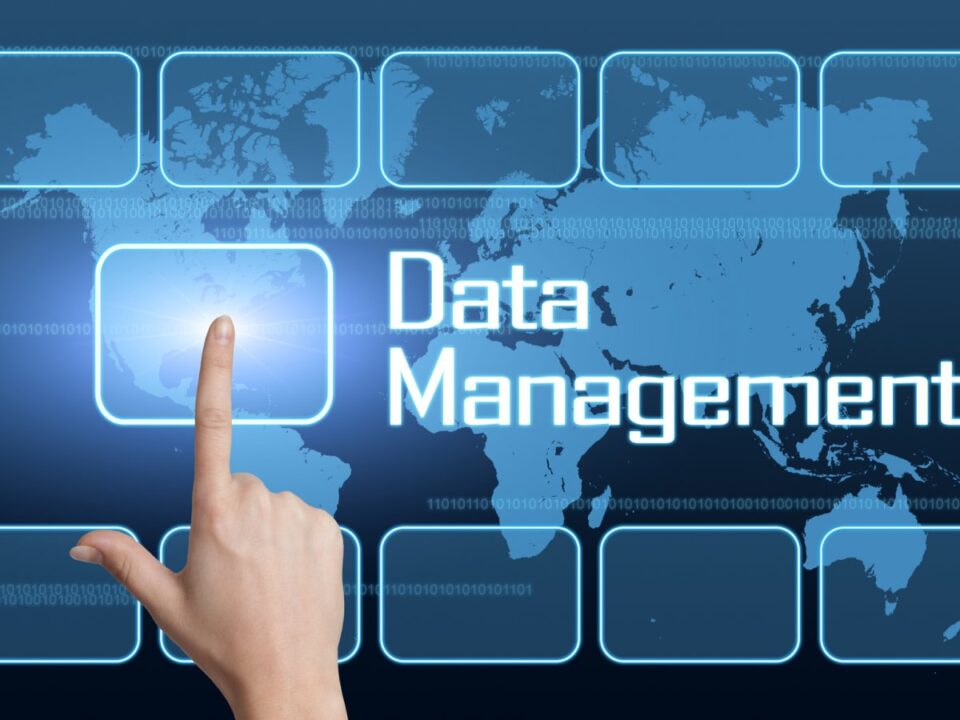
How Vendor Managed Inventory (VMI) Strengthens Supply Chain Resilience and Collaboration
To optimize inventory management, retailers and suppliers are increasingly turning to Vendor Managed Inventory (VMI) tools that transfer the responsibility…
Generix Ushers in a New Era of Intelligent Commerce for Retailers with AI-Driven Innovation Read the press release

There are some great SaaS systems that couple the general and specific uses of Electronic Document Management Systems with those of a Digital Safe, ensuring that your company evolves into the world of digitalization correctly; that is, following all necessary procedures. To this effect, here are the essential functionalities that everyone needs to look out for when choosing an EDM system:
Document capture and collection: Your system must be able to capture and collect all types of documents no matter their origin. This includes the ability to process digital documents from different sources, but also the ability to digitize documents, capture faxes and emails, as well as transfer multiple protocols.
Classification and indexation of all documents before remittance: A good system should have the capabilities of associating and indexing documents within specific categories, making them therefore easily searchable via keywords. The system should also be able to create inter-document links that will ensure correct classification, as well as create specific search criteria.
Document lifecycle management: The system must be able to manage the entire lifecycle of each document, from creation/addition to the end of its life. This includes the addition of digital markings to determine document source, a digital creation date, and a programmed end of document life. At the same time, the system must be able to provide the specific actions to take place once the document has reached maturity and end-of-life status. For example, depending on the country and the document type, some files must be archived for 5 years and others for 10. The system must have the capabilities to automatically categorize each document accordingly.
Protection and continuity of documents: This includes document encryption, digital impression, as well as a digital time stamp via a trusted third party.
Regulatory compliance: A system needs to be able to create original digital documents, and provide the correct protection as well as archiving standards. These standards need to meet the legal standards in place at the time, with the flexibility of being able to update them when they change.
Management of authorizations and profiles: a system needs to be accessible at different levels, and provide easy and reliable management of all necessary profiles and authorizations.
Search and sharing of archived documents: there needs to be online access to all existing documents through specific consultation and restoration portals. This includes the ability to easily restore any documents at any time, in a readable manner. Legally, all documents, including archived documents, must be readily available on demand.
Filing and archiving according to the sensitivity of each document: Certain documents are more sensitive than others, and a system must be able to classify and file them accordingly. One of the great benefits of a digital safe is that it can restrict accessibility to highly sensitive documents and keep them safe at all times – this is an important benefit for any company to have.
By keeping all of these functionalities in mind you can be sure that your system will provide excellent document management services while remaining compliant in all areas.

To optimize inventory management, retailers and suppliers are increasingly turning to Vendor Managed Inventory (VMI) tools that transfer the responsibility…

In an ever-evolving logistics environment, agile and precise warehouse resource management is essential to remain competitive. With increasing volumes driven…

France’s electronic invoicing reform relies on a Y-architecture, where Partner Dematerialization Providers (PDPs) play a central role in issuing and…

Work with our team to build your ideal supply chain software stack and tailor it to your unique business needs.